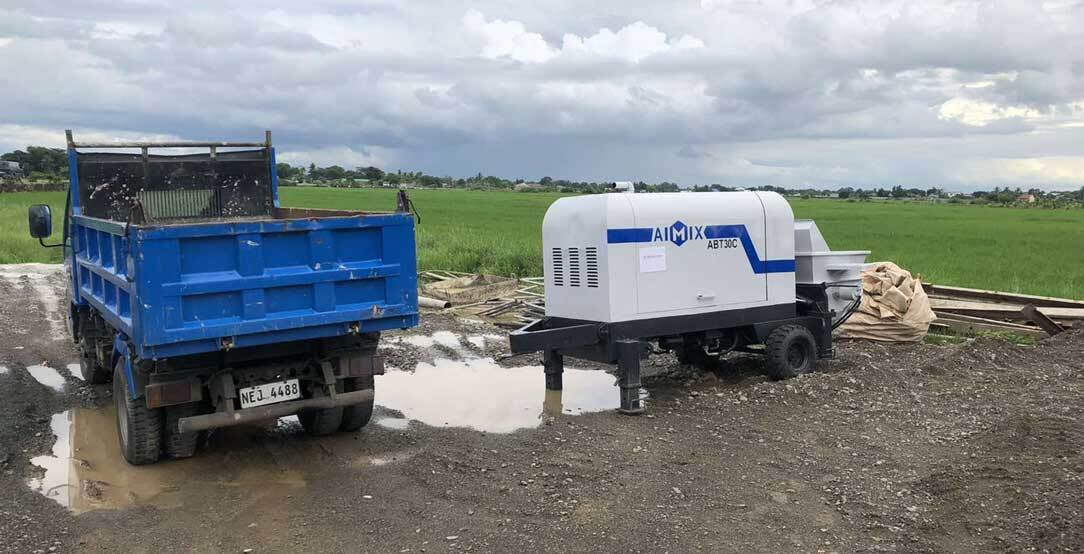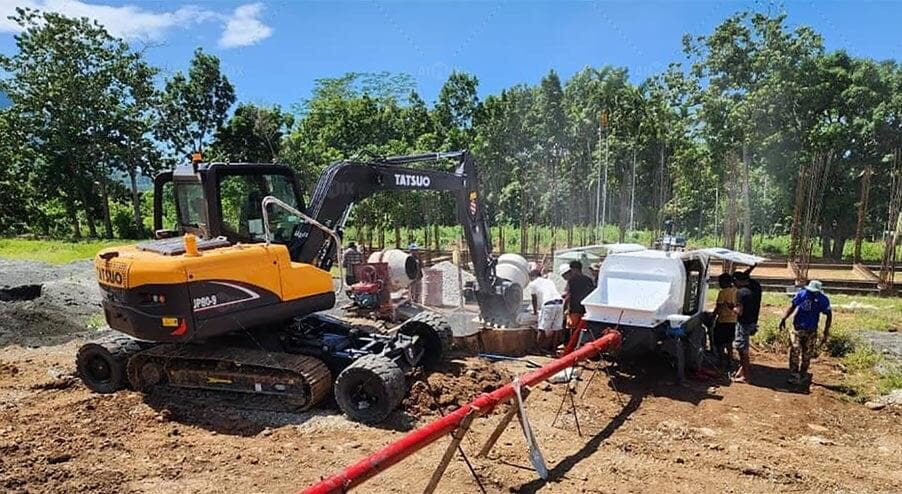In the ever-evolving world of construction, the importance of precision, efficiency, and durability cannot be overstated. Building foundations, the literal bedrock of any structure, demand the most reliable and effective equipment available. One such indispensable tool is the concrete stationary pump, a machine that has transformed the way concrete is delivered on-site, particularly for large-scale construction projects. Its role in ensuring a stable, well-formed foundation is crucial, making it a must-have for modern builders.
The Role of Stationary Concrete Pumps in Construction
Stationary concrete pumps have revolutionized construction projects, especially when it comes to the delivery of concrete for building foundations. These machines are designed to pump large volumes of concrete over long distances, offering a level of precision and consistency that is difficult to achieve with traditional methods. Their fixed location on-site allows them to continuously supply concrete, ensuring that the material is delivered exactly where it is needed without interruption. This precision is essential when laying foundations, where even the smallest error in the consistency or placement of concrete can lead to structural weaknesses.
Unlike their mobile counterparts, stationary pumps are typically more powerful, allowing them to handle denser mixtures and larger volumes of concrete. This makes them especially suited for high-rise buildings or other complex structures where large quantities of concrete must be moved efficiently. Additionally, because they remain in one location, they can pump concrete to multiple parts of a site without the need to constantly reposition equipment, thus saving valuable time and labor.

Efficiency and Reliability in Large-Scale Projects
The efficiency of stationary concrete pumps is another reason why they are preferred for large-scale construction projects. Traditional methods of transporting concrete—such as using wheelbarrows or small mixers—are not only labor-intensive but also prone to delays. Stationary pumps, on the other hand, provide a continuous flow of concrete, allowing construction teams to work faster and more efficiently. This reduces the time required to complete the foundational work and allows the rest of the project to move forward without unnecessary delays.
Reliability is another key factor. The stationary concrete pump, due to its robust design, is capable of working under tough conditions and delivering consistent results. This is especially critical when working on foundations, where the integrity of the structure depends on the consistent application of concrete. With stationary pumps, there’s little room for error, ensuring that the concrete is delivered with the same consistency throughout the foundation, which is vital for long-term durability.

Cost and Safety Considerations
While stationary concrete pumps are undoubtedly more efficient, their benefits extend beyond mere productivity. From a financial standpoint, the use of these pumps can result in significant cost savings. By reducing the need for manual labor and decreasing the time required for concrete delivery, project managers can cut down on overall labor costs. Additionally, stationary pumps reduce material waste, as concrete is pumped directly to its destination without spillage or excess. Over the course of a large project, these savings add up, making stationary concrete pumps a cost-effective solution.
From a safety perspective, stationary pumps also present fewer hazards on the construction site. Traditional methods of concrete transportation often require workers to move heavy materials manually, leading to potential injuries. By automating this process, stationary pumps minimize the risk of accidents, creating a safer working environment for the entire team. Moreover, the precise control that these pumps offer reduces the likelihood of errors that could compromise the structural integrity of the foundation, thus safeguarding the project from costly future repairs.
The use of stationary concrete pumps in building construction is not just a matter of convenience—it’s a strategic decision that impacts the efficiency, cost, and safety of the project. For those involved in the construction of large, complex structures, the advantages of these machines are clear. Their ability to deliver concrete with precision, reliability, and speed makes them an essential component of modern construction practices.

